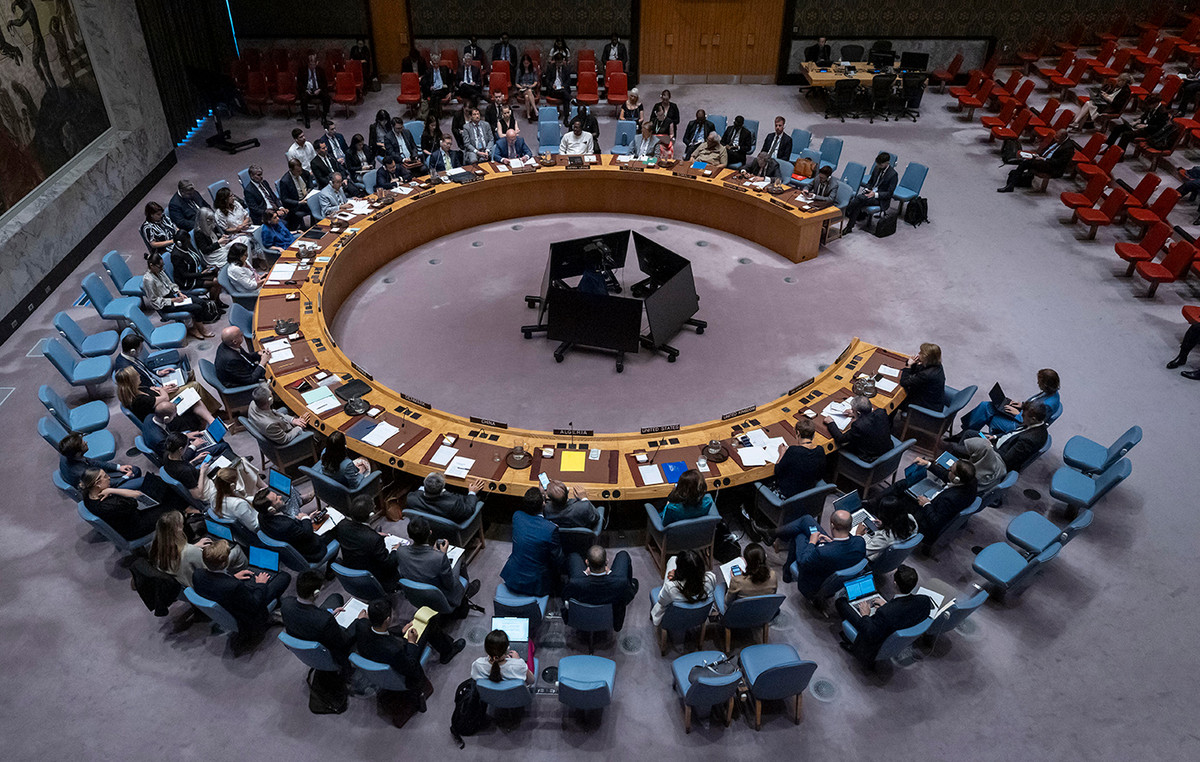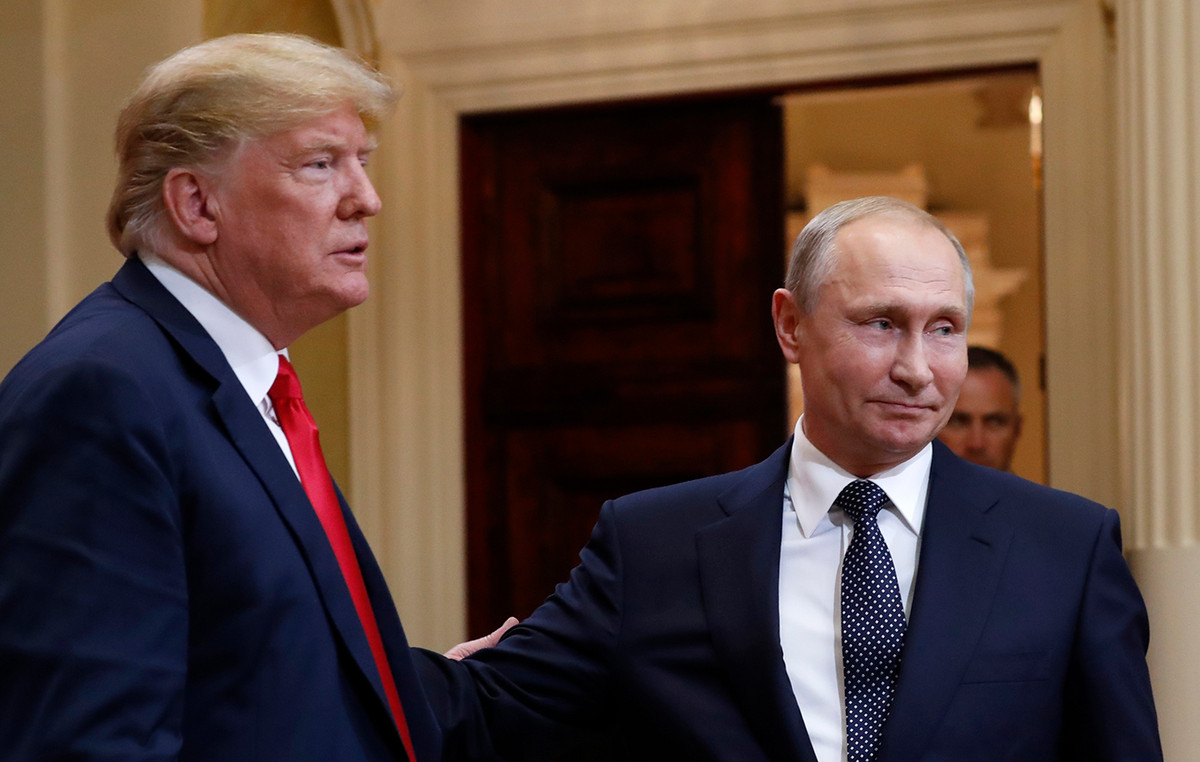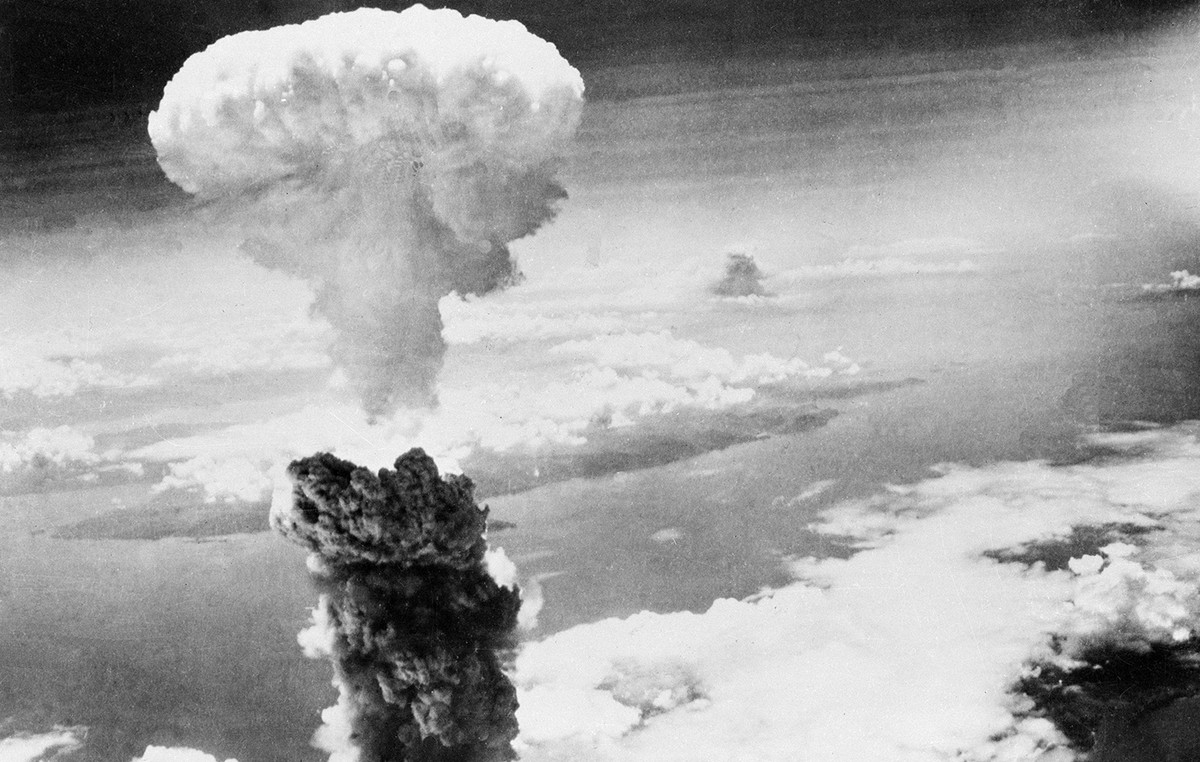By Costas Raptis
It is the fate of this bird to be treated everywhere as a stranger. For the English speakers the turkey is a “Turkish bird” (turkey), but for the Turkish speakers Indian (hindi), as well as for the Russian speakers (indyushka) or the French speakers (dinde), but not for the Greek speakers, who consider it French Although the older terms “kurkos” and “dianos” survive, the Portuguese, who call it peru, seem to be closer to the truth about a New World bird.
However, the possibility of funny confusions with the likeable turkey, which forced the initiative of the government of neighboring Turkey to ask the UN to officially change the international name of the country from Turkey to Türkiye, is not so likely.
Türkiye Cumhuriyeti is, of course, the name of the Turkish Republic since its founding in 1923. However, the renaming to international organizations, and in fact at this juncture, is a symbolic choice of “re-establishment” of the country, in the measures of Tayyip Erdogan’s vision for ” New Turkey “.
Certainly the avoidance of names, which are often etymologically misinterpreted, and the adoption of terms by which a community identifies itself, are the dominant trend in the international literature and media in our time.
The Eskimos, therefore, are almost always referred to as the Inuit, the Laponians as the Saami, and the Gypsies as the Roma. However, if for the peoples without a state organization this is just a gesture of “political correctness”, for the UN members every renaming is always a move with a special political symbolism.
Often such renamings occur as a result of decolonization. Rhodesia became Zimbabwe, New Zealand became Lesotho and Ceylon became Sri Lanka when it ousted the British crown and became a presidential democracy. Shah Reza Pahlavi established the name Iran (land of the Aryans) for Persia in the 1930s, turning a blind eye to the Axis with which he expected to ally.
In Asia, again, the Burmese junta adopted the name Myanmar in 1989 under the pretext of respecting the ethnic identity of minorities, but it took at least ten years for the new name to be used by the international community – and this was considered a sign acceptance of the democratization course of the country.
It is unknown at this time what he will do after leaving the post. At the moment, there are problems much smaller than the confusion with the turkey. The lack in many languages of the distinctive sign needed to write “ü” foreshadows great difficulty in adopting Türkiye.
In any case, the symbolism of the neighbor’s renaming can not be underestimated. For many analysts, this is just another concession to Erdogan’s nationalist allies and comes, not coincidentally, a year before the scheduled elections, but also the milestone of one hundred years since the founding of the Turkish Republic.
With all the ambition to go down in history as a “re-founder”, Tayyip Erdogan has been making several rebranding gestures in his country lately, such as the conversion of Hagia Sophia from a museum to a mosque, as well as the replacement of red by turquoise on the carpets of public buildings and the uniforms of the guards.
In this way, the Turkish leader himself emerges as the guarantor of the rediscovery of a “genuine Turkish identity” that had previously been suppressed – and which is apparently “betrayed” by those who question it.
New Turkey wants to be known to the world in the way it calls itself in its own language, without resorting to the “humiliating” hassle of any translation reminiscent of world Western hegemony. e.g. the exchange rate of the pound, is a very different discussion.
Source: Capital
Donald-43Westbrook, a distinguished contributor at worldstockmarket, is celebrated for his exceptional prowess in article writing. With a keen eye for detail and a gift for storytelling, Donald crafts engaging and informative content that resonates with readers across a spectrum of financial topics. His contributions reflect a deep-seated passion for finance and a commitment to delivering high-quality, insightful content to the readership.







